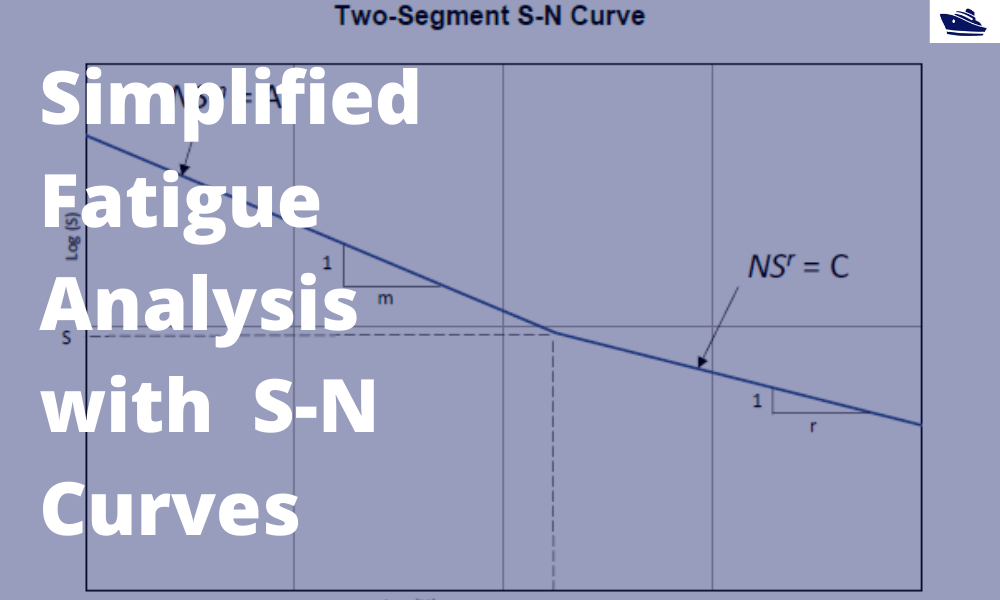
by Team TheNavalArch | Jul 29, 2021 | Oil & Gas, Ship Structural Engineering
A simplified method of performing fatigue analysis of offshore structures Introduction An offshore structure is subject to environmental loads of waves, wind and current. By their nature, the resulting wave loads on the structure are cyclical. These cyclical...
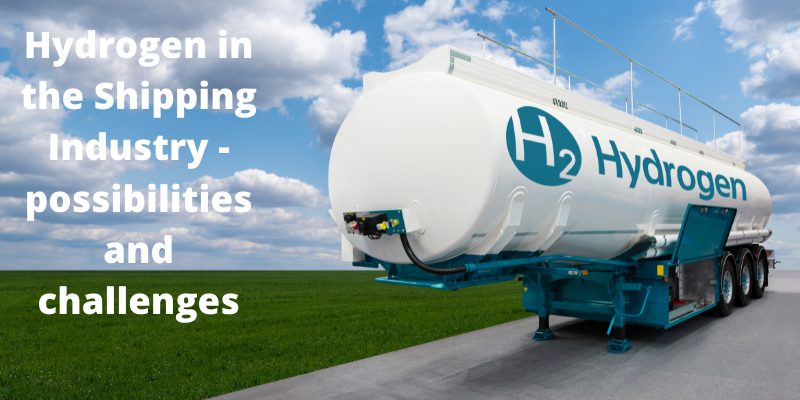
by Team TheNavalArch | Jun 7, 2021 | Hydrogen, Maritime Industry, New technologies
Part 1: About Hydrogen – Basics, Opportunities, and Challenges Of late, hydrogen has been generating quite a buzz in the energy sector with its possibility as a clean source of energy. The shipping sector is not untouched, and this article explores the possibilities...
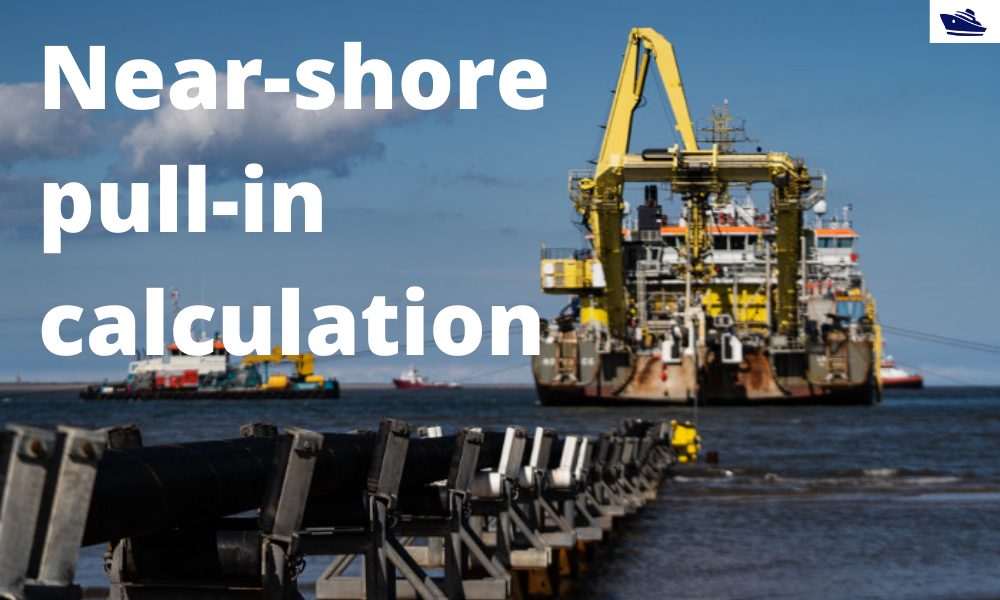
by Team TheNavalArch | Jan 23, 2021 | Offshore Wind, Renewable Energy
Introduction Over the last 10 years, the global wind energy business has increased manifold. In the next 5 years, the rate of installation is expected to accelerate. This is mostly driven by the opening up of Chinese and US markets. A primary chunk of this market is...
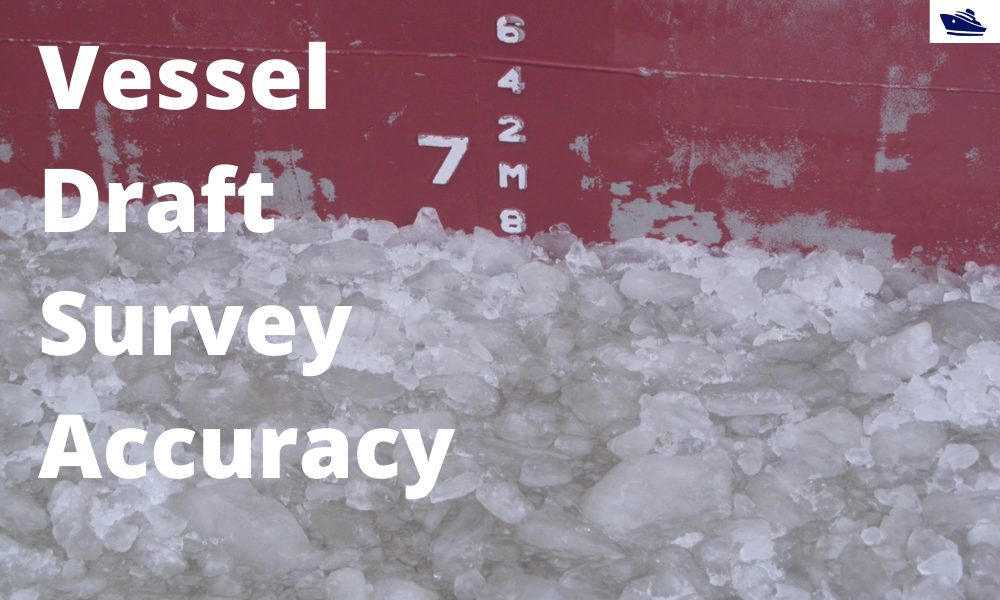
by Team TheNavalArch | Jan 18, 2021 | Marine Surveys, Maritime Industry
by Chris Zeringue, Owner, MTS Marine Techincal Surveyors The key to accuracy in a Vessel Draft Survey may very well be found in a hole in the ship. I boarded my...
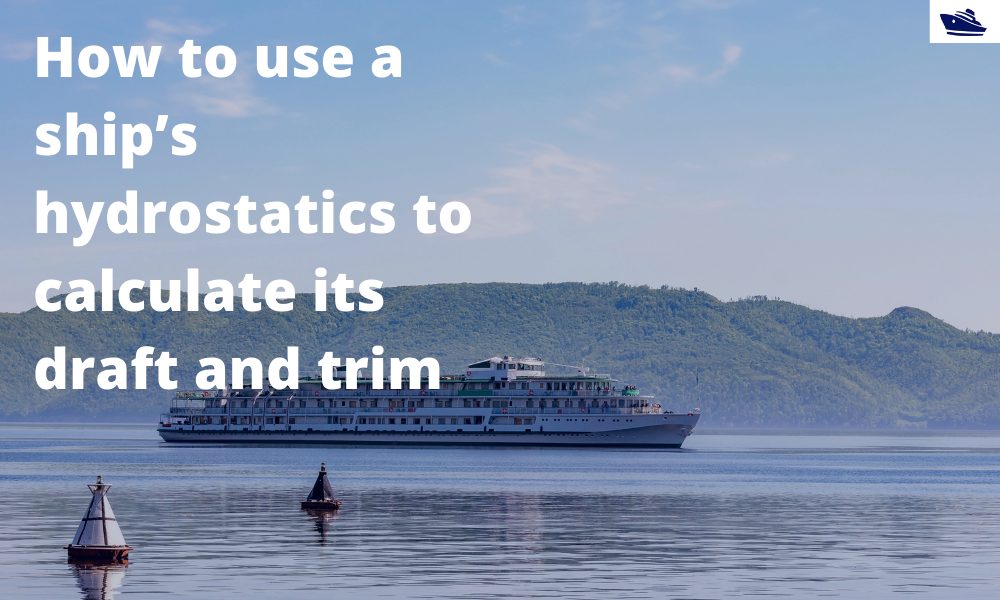
by Team TheNavalArch | Jan 12, 2021 | Maritime Industry, Naval Architecture, Ship Design and Construction
Introduction A ship’s hydrostatics, or hydrostats, is an oft used term in maritime parlance, and it refers to the characteristics when it is floating. What characteristics are these? How are these determined, and how can we read and understand them? Understanding...






